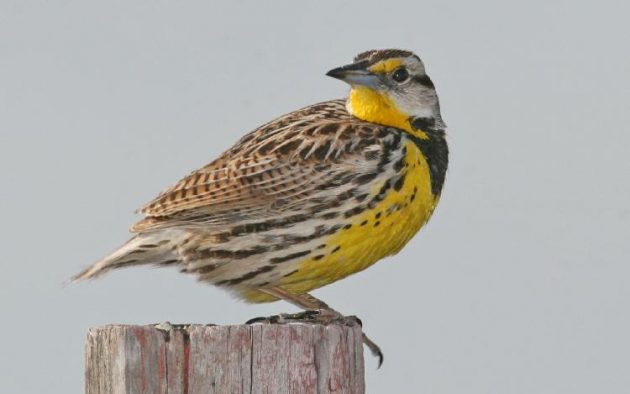
Anyone who has camped in the eastern United States has had this experience. You’ve spent the evening sitting around the campfire after a satisfying dinner. A nice gentle breeze cools the evening air as you settle down for a night of blissful sleep. Or maybe you live in the country where the evenings are filled with a starry sky as you sit outside enjoying the evening hours of quiet and peace. Then you hear it. “Whip-poor-will. Whip-poor-will. Whip-poor-will.” Initially, you close your eyes and smile, enjoying the sounds of nature. However, 30 minutes, you’re still hearing, “Whip-poor-will. Whip-poor-will. Whip-poor-will.” Unfortunately, that evening serenade is becoming increasingly rare throughout the countryside of Kentucky, Indiana, and Illinois, indeed throughout the whippoorwill’s range.
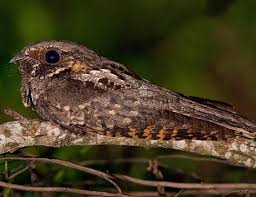
“We’ve known for quite a while their populations are crashing,” said Mike Ward, a professor of natural resources and environmental sciences at the University of Illinois. There are a couple different hypotheses for the whippoorwill’s decline. One is the decline in moth populations. Whippoorwill’s feed exclusively on moths and other flying insects. “Historically, if you drove down a back road, your windows would be covered with moths,” Ward said. “That doesn’t happen anymore.” Most moth populations seem to be in decline. Some scientists believe that may be the result of agricultural pesticides, but Ward said that is merely speculation at this time. Whippoorwills essentially fly about the forest with their mouths open, eating moths and other insects.
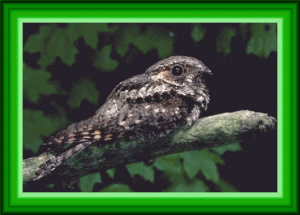
“On nights with full moons they fly around a little bit more, so they are probably seeing the moths,” Ward said. “They have huge mouths.” The other issue is forest management. Whippoorwills thrive in open forest. The presence of invasive species such as honeysuckle, buckthorn and autumn olive are making many forested areas unsuitable for this nocturnal bird. “What we suggest is for people that own a back 40 of some forest, do some management, do some burns and open it up,” Ward said. “If people could do that, it would probably help out.” The decline probably results for a combination of the two factors. Ward said a related species, the common nighthawk, is also in a steep decline. Since both species feed heavily on moths, it appears that a dwindling food source is at least partially to blame. It is estimated there are still 1.2 million Whippoorwills in the wild, let’s hope god agricultural practices will halt their decline. I love to hear the song of the Whip-poor-will! Many, many summer nights when I was growing up in the region, I went to sleep listening to their seemingly never ending call.
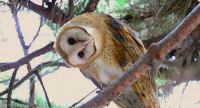
Another beautiful bird that is becoming rarer to see is the Barn Owl. The Barn Owl is a nocturnal raptor found in open habitats where it preys primarily on rodents and other small mammals. Although the species is one of the most widely distributed birds in the world, it is currently considered rare to uncommon in many regions of the United States. In Kentucky, records of nesting Barn Owls have been challenging to come by in recent times. The scarcity of this species in Kentucky is somewhat disconcerting because much suitable habitat in the form of pastures, hayfields, croplands, reclaimed surface-mine lands, and restored grasslands is present. In fact, 38% of the state is composed of undeveloped, open land (grassland/herbaceous, pasture, cropland, etc.) according to the 2005 National Land Cover Dataset (KDGI 2008). With such an abundance of suitable habitat, it seems Kentucky should host a wealth of Barn Owls. Many possible causes for these declines have been identified and examined including habitat loss, vehicle collisions, variability in prey populations, predation, pesticides, and limited nest site availability. Without doubt, a combination of these factors has affected Kentucky’s Barn Owl population.

A statewide count in 2010 showed twenty-six confirmed Barn Owl nest locations were documented. The KDFWR began efforts to ensure that each known pair of Barn Owls had a safe nesting location provided to them by cooperating with private landowners to install nest boxes, when needed. The statewide count was repeated in 2013, resulting in 48 documented nest locations and 10 roosting locations. Three years later, the 2016 survey resulted in 76 confirmed Barn Owl nest locations and 18 non-breeding locations. This was nearly three times the number recorded in 2010, when this effort began. Most nests were found on privately owned land, although some were in nest boxes on WMAs. Nests were found in a variety of structures including nest boxes, silos, grain bins, barns, hollow trees, chimneys, and even elevated hunting blinds. It is interesting to note that in 2016, no nests were located in Trigg County and only one or two were located in Christian County. The highest number of nests were found in Muhlenberg County.

Due to limited time and funding, KDFWR is not generally able to install Barn Owl nest boxes on private land unless there is a local pair in need of a safer nest site. However, many landowners have expressed interest in installing a nest box in hopes to attract a pair of Barn Owls to their property. Barn Owls are often welcomed by farmers and landowners since they help to control rodent populations. Interested landowners that would like to install their own nest box can contact the KDFWR in Frankfort. Private landowners are encouraged to inform KDFWR of any nest boxes installed and if they become active. Leaving hollow trees if they do not endanger your house or buildings is also recommended to provide Barn Owls and other species with nest sites. Kentucky’s population depends greatly on the public’s cooperation in reporting sightings. Please report Barn Owl nests/roosts to Kate Slankard at kate.slankard@ky.gov or (800) 858-1549 ext. 4474.
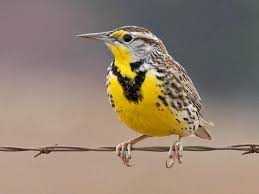
Finally, another favorite of mine, the Eastern Meadowlarks is a declining species. Populations fell over 3% per year between 1966 and 2015, resulting in a cumulative decline of 89%, according to the North American Breeding Bird Survey. The 2014 State of the Birds Report listed Eastern Meadowlark as a Common Bird in Steep Decline, but the species is not on the 2016 State of North America’s Birds’ Watch List. Losses are due to their disappearing grassland habitat. Prairie is scarce in the eastern United States, and the kinds of farms that once hosted meadowlarks—small, family farms with pastureland and grassy fields—are being replaced by larger, row-cropping agricultural operations or by development. Early mowing, overgrazing by livestock, and the use of pesticides can also harm meadowlarks nesting on private lands.
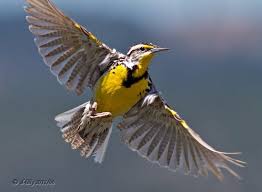
More than 95 percent of the Eastern Meadowlark’s distribution is on private lands, meaning farmland conservation practices are vital to the survival of this species. I was looking at some Audubon data this weekend, and realized that every bird population we care about is in dramatic decline. Humans actually need a certain amount of natural wildness for our own survival. I pray for the birds because they remind me of what I love rather than what I fear. And at the end of my prayers, they teach me how to listen. Birds are indicators of the environment. If they are in trouble, we know we’ll soon be in trouble. If we lose the birds, we will soon lose ourselves and the world will become a little darker.






